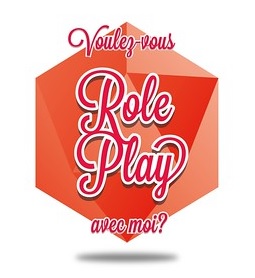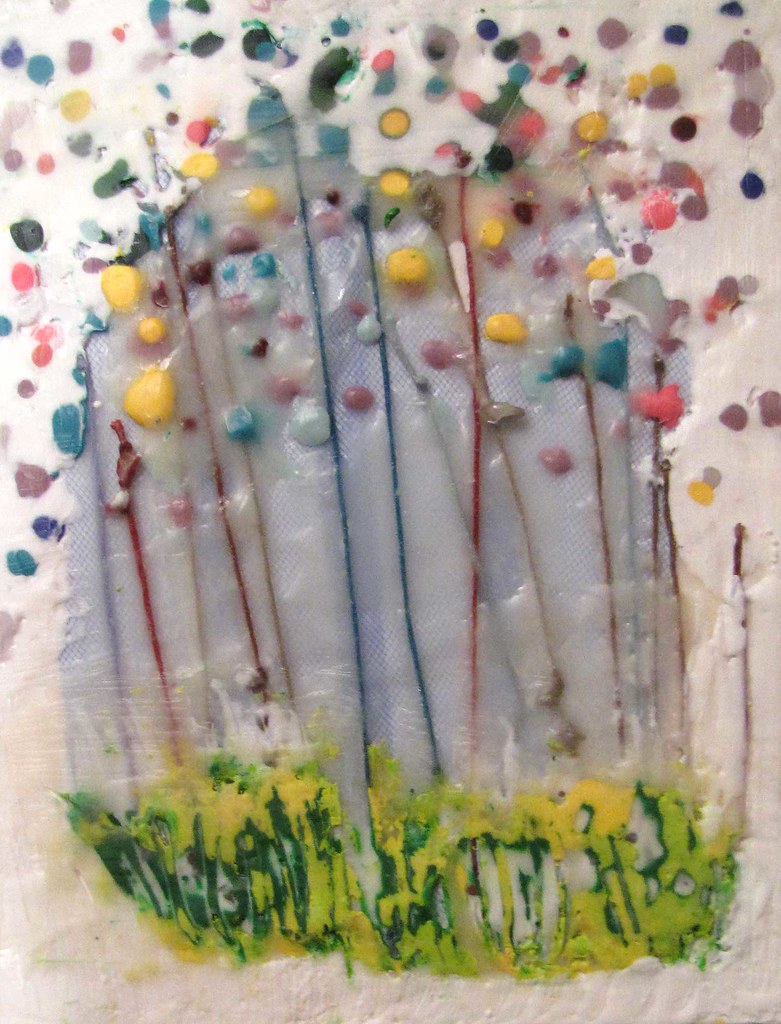Here’s an interview with me and Thomas Munier, who has been developing materials and ideas in the Francophone-Anglophone overlap. The title term is his, and its meaning is quite broad. He prepared the ground as follows:
I would say that there are three parts to deal with which show an approach to inclusive design which is that of creating fresco-games:
– how to make different game desires coexist (quadriptic of the tactical / moral / aesthetic / social game) (to make the author mode and the character mode coexist)
– how to include large audiences (people from minorities, people with disabilities)
– how to quickly include beginners or people with cognitive overload without giving up the ambition of fresco (from the plug-and-play game to the world-system)
Surprising no one, we managed to focus on only one of them – the second bullet point – and another interview is scheduled to continue. I think you’ll see/hear that our rapport was very productive, and I’m looking forward to it.



2 responses to “Inclusive Design”
The second session is now available. The discussion turned out to be three in total.
Thomas provided this outline for the discussion at this point:
The second session corresponds roughly to #1 above, and the third, currently in post-production, to #2.
Part Three is now available!
It concerns rules and procedures, and I say some very blunt things.